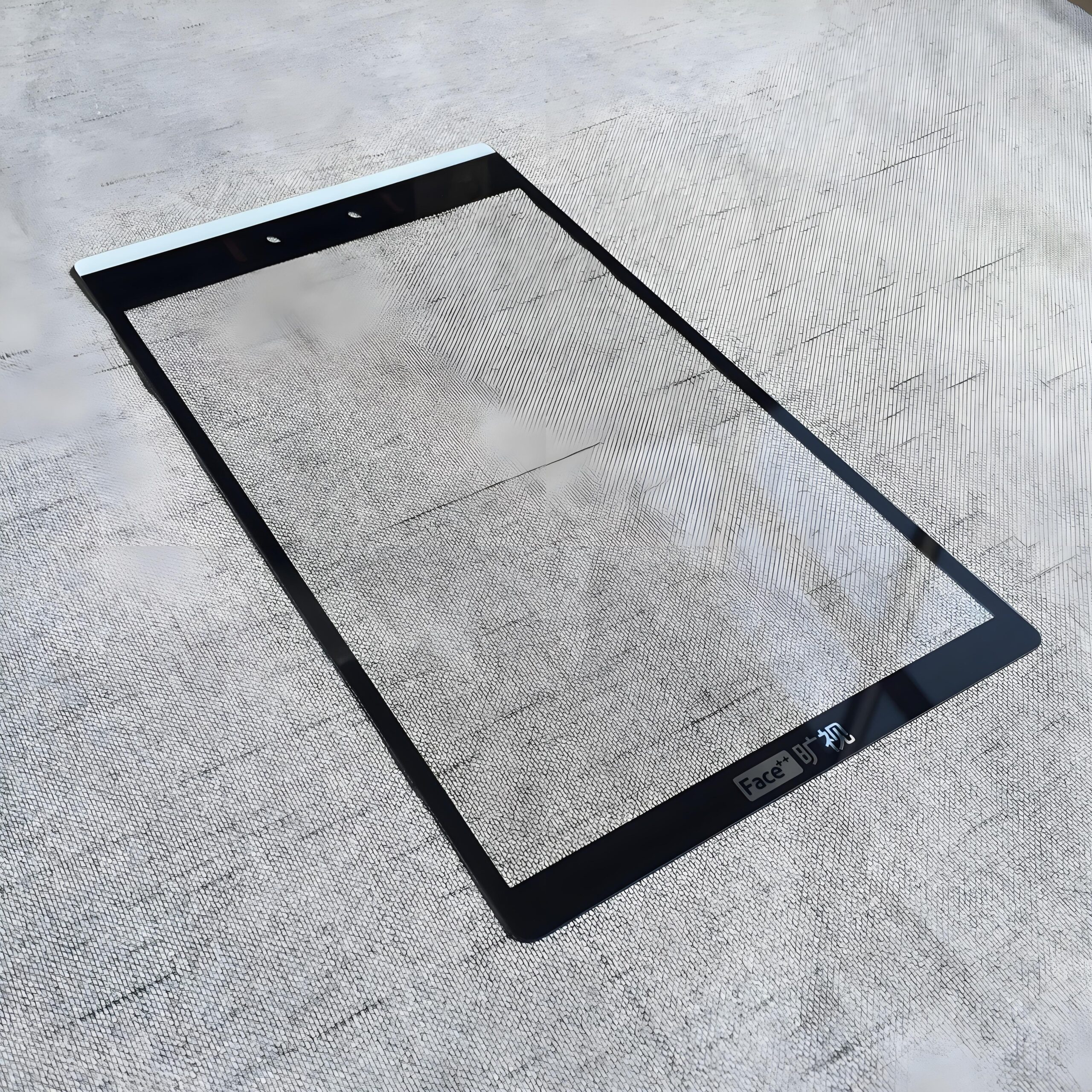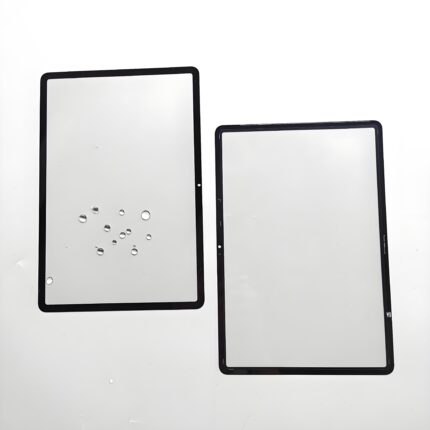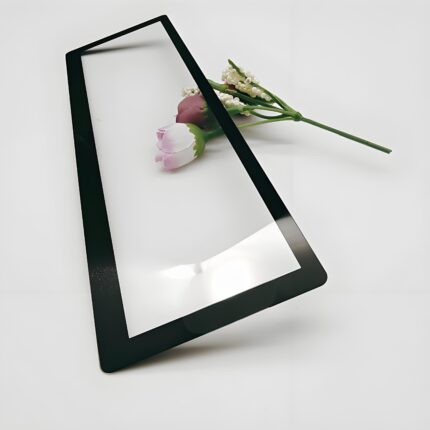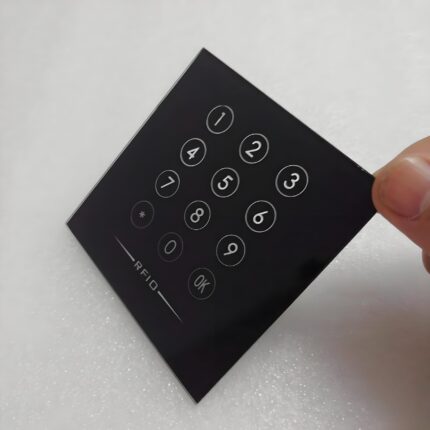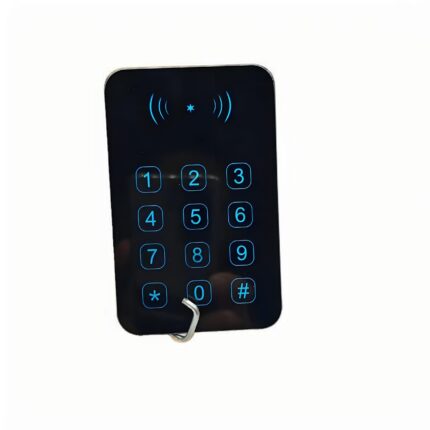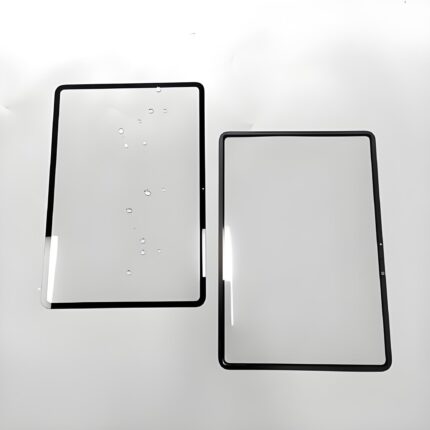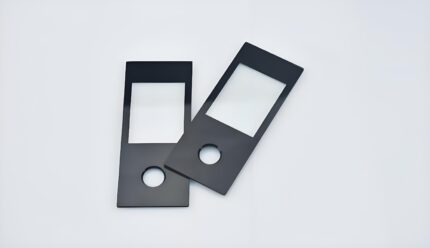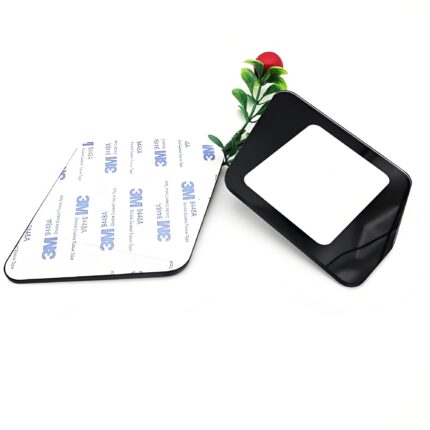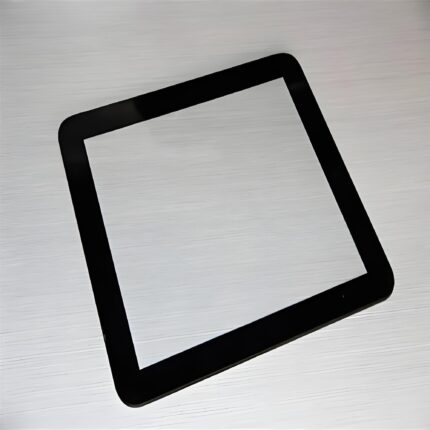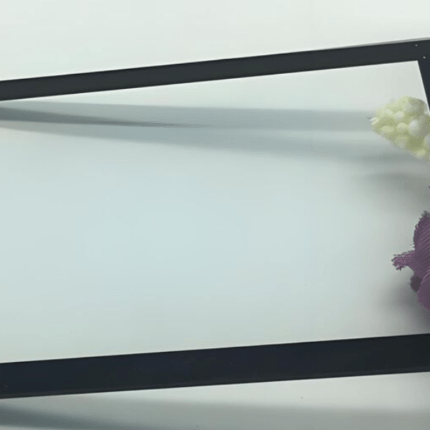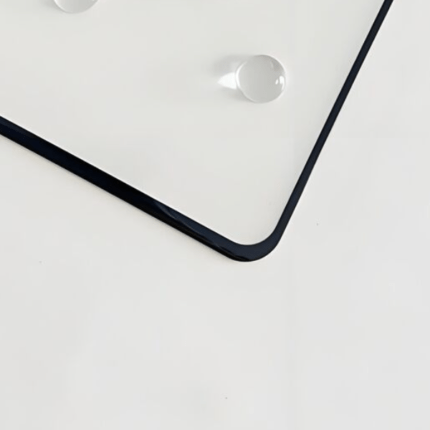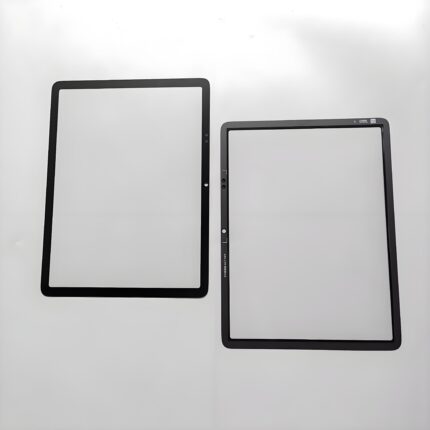How Chemically Strengthened Glass Protects OLED Displays
How Chemically Strengthened Glass Protects OLED Displays
Modern OLED displays demand cover glass that combines crystal clarity with robust protection. Chemically strengthened glass undergoes an ion-exchange process that creates a compressive stress layer, delivering:
-
800+ MPa surface compression to resist micro-cracks
-
0.3mm thinness without sacrificing impact resistance
-
>92% light transmission for uncompromised brightness
This specialized glass shields fragile OLED materials from:
✓ Daily scratches (6H+ pencil hardness)
✓ Accidental drops (1.5m concrete survival)
✓ UV degradation that causes color shift
Advanced versions now incorporate:
• Anti-reflective coatings (<1.5% glare)
• Edge reinforcement for bezel-less designs
• Flexible variants for foldable OLEDs

How Chemically Strengthened Glass Revolutionizes OLED Display Protection
The Critical Role of Cover Glass in OLED Longevity
Today’s ultra-thin OLED displays require specialized protection that standard glass can’t provide. Chemically strengthened glass has become the industry standard for premium devices because it solves three fundamental challenges:
-
Structural fragility of thin OLED layers
-
Sensitivity to environmental stress (UV, moisture, impacts)
-
Optical interference that degrades display quality
-
What’s chemical strengthened?

The Science Behind Chemical Strengthening
Ion Exchange Process Explained
The transformation occurs through a precise thermal chemical treatment:
-
400°C molten potassium nitrate baths (20+ hours)
-
Sodium-potassium ion substitution creates 40-100μm compression layer
-
800-1000 MPa surface stress (vs. 50-100 MPa in untreated glass)
Material Composition Matters
Premium aluminosilicate formulations offer:
-
Higher ion mobility for deeper strengthening
-
Lower coefficient of thermal expansion
-
Superior optical clarity with fewer impurities
Performance Advantages for OLED Displays
Unmatched Mechanical Protection
Independent testing confirms:
-
6H-9H pencil hardness resists keys and coins
-
1.5m drop survival on concrete (MIL-STD-810G)
-
200% improvement in flexural strength vs. soda-lime glass
Optical Performance Preservation
Critical for OLED image quality:
-
92-95% light transmission (minimal brightness loss)
-
<0.5% haze prevents image softening
-
UV filtering (blocks 99% of 380nm wavelengths)
Environmental Shielding
Protection against:
-
98% humidity for 1000+ hours
-
-40°C to 85°C thermal cycling
-
Salt spray corrosion (96+ hours)
Advanced Variants for Specific Applications
Smartphone Innovations
-
0.3-0.5mm thickness maintains sleek profiles
-
3D formed edges enable true bezel-less designs
-
Laser-cut camera holes for under-display features
Foldable Display Solutions
-
0.5mm flexible versions with 3mm bend radius
-
200,000+ fold cycles without cracking
-
Hybrid polymer-glass stacks for stress distribution
Automotive Grade Options
-
2.0mm thick laminated versions for vibration resistance
-
Heated glass prevents fogging (-30°C operation)
-
Anti-glare coatings optimized for sunlight readability
Manufacturing Breakthroughs
Precision Strengthening Techniques
-
Computer-controlled immersion systems (±1°C accuracy)
-
In-line stress measurement (laser polarimetry)
-
Post-treatment laser annealing for edge strengthening
Cutting-Edge Finishing Processes
-
Laser drilling for camera/sensor openings
-
Diamond abrasive edge polishing
-
Nanocoating application chambers
Selection Guide for Product Engineers
Key Specification Considerations
-
Compression depth (40μm minimum for smartphones)
-
Central tension (<50MPa for safety)
-
Thickness tolerance (±0.03mm for assembly)
-
Optical coatings compatibility
Performance Validation
Recommended test protocol:
-
Surface compression (polarimeter)
-
Four-point bend test (ASTM C158)
-
Taber abrasion (ASTM D1044)
-
Environmental aging
Future Innovations on the Horizon
Material Advancements
-
Zirconia-doped formulations for higher hardness
-
Self-healing surface layers
-
Dynamic stiffness adjustment
Manufacturing Improvements
-
Roll-to-roll strengthening for flexible glass
-
AI-driven process optimization
-
In-situ quality monitoring


